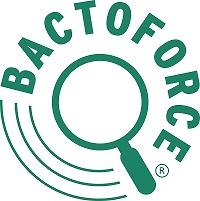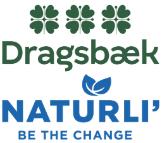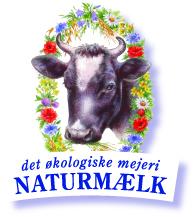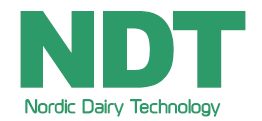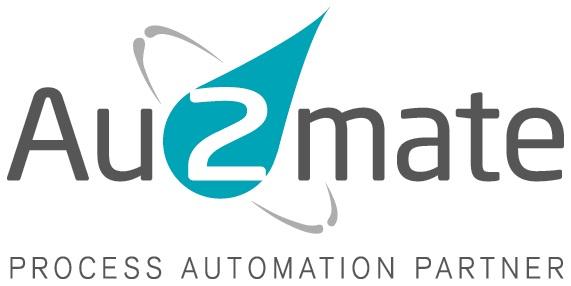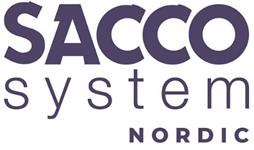
Fermentation of milk and vegetables has been applied for centuries, and its applications have been and are still being developed to the extent that it is now considered one of the solutions to feed the worlds’ growing population, in other words it has enormous potential.
This seminar will focus on this potential in addition to new improvements in the fermentation processes at the dairies and other food sectors.
With the purpose of producing more, healthier, safer and sustainable food products the seminar will address the opportunities by using diverse starter cultures, enzymatic treatment and use of flavors and ingredients .
The seminar will have both a holistic approach trying to quantify the global need for food in the future as well as a more detailed approach with examples of present and short-term achievements.
Sign-up for the seminar here: www.tilmeld.dk/cheeseandfermentedproducts

Fermentation – An ancient technology that offers new opportunities in modern food production”
Fermentation has historically been a technology used by humans during several millenniums to preserve nutrients found in perishable food raw materials.
The technology of fermentation has since been industrialized, leading to safe and controlled fermentation, that plays an important role in reducing food waste and securing natural and sustainable food production.
It is estimated that 30% of all foods for human consumption are produced using fermentation.
The use of fermentation technology has today seen a revival where selected micro-organisms are used to improve food security, make healthier foods and reduce food waste in new food products as well as offering new opportunities for producing raw food materials
This presentation will elucidate the use and prospects of fermentation technology in modern food production

New cultures for plant based and dairy fresh-fermented – an opportunity for texture, taste and process optimization
Fermentation of dairy products is a process with a long tradition. Lactic acid bacteria like Streptococcus thermophilus, Lactobacillus ssp., Lactococcus ssp. and many others are used since centuries to produce fresh-fermented products from dairy. However, a new generation of cultures is needed, for a better control of the final products properties and a leaner production. Especially the texture and taste of the yoghurts can be significantly influenced by the culture choice, thereby allowing for a better control of the yoghurts thickness and mouthfeel, but also sweetness and acidity. Additionally, novelle cultures offer a better control of the post-acidification of the yoghurt during shelf-life.
Besides the well-known application of cultures in dairy products, cultures gained an increased interest for plant-based dairy alternatives in recent years. While plant-based raw materials are diverse and differ a lot from dairy, another generation of cultures, adapted to these raw materials was needed. Based on the raw material/culture combination, like for dairy, the final products can be tailored regarding there texture. Furthermore, the taste of fresh-fermented plant-based product can be significantly influenced by the culture, resulting in less plant-based off notes, more dairy-like flavors, and an overall cleaner taste.

Fermenting the Future: New Proteins, New Possibilities
Exploring the current state, challenges, and future potential of fermentation-derived ingredients in dairy alternatives
Fermentation-derived proteins are opening new doors for food innovation - but bringing them from lab to large-scale application is far from straightforward. In this session, we’ll explore the current status of these ingredients and the real-world challenges they face when used in demanding applications such as sports nutrition, immune-supporting formulations, egg replacements, and milk powder alternatives.
From achieving consistent functionality and nutritional performance to ensuring cost-effective scalability and compatibility with existing processing systems, these ingredients must meet the high expectations from both industry and consumers. We'll discuss how companies like Tetra Pak are working to support this process with feasible concepts, product formulation and process testing.
Finally, we’ll look ahead to how these ingredients could shape the future of functional and sustainable food products—and what it will take for them to compete alongside or complement traditional dairy.
Join us for a grounded and forward-looking discussion on the opportunities and obstacles in bringing fermentation-derived proteins to market.

Proteolysis for plant derived proteins
The production of acidified food products by fermentation is an ancient process for preserving perishable food products. The low pH and the organic acids produced from carbohydrate fermentation are the primary principles responsible for the dramatic increase in shelf life.
Acidification primarily requires the presence of carbohydrates and the presence of lactic acid bacteria (LAB) able to use some of the carbohydrates present. LAB are auxotrophic for several amino acids and acidification therefore also depends on access to amino acids, peptides or proteins.
In designing a production process for an acidified product, it is possible to adjust the food matrix to the need of the culture or vice versa. If the second option is chosen you might need to dive into the proteolytic system of LAB.
As the balance between aroma compounds might depend on the composition of the peptides, we can influence the flavor through the type of proteases present in the culture, and we will get different flavor from the same culture if used in different food matrices.
Peptides produced from proteolytic cultures can also have a direct contribution to flavor in the form of bitterness.
Methods based on genomics and proteomics are useful for identifying strains with suitable proteolytic properties for a particular food matrix. Examples of LAB strains with cell envelope proteases CEP enzymes suitable for plant derived proteins will be presented.

Breaking with tradition for more sustainable dairy fermentation processes
Dairy products indisputably are great nutritional sources packed with high quality proteins, energy dense fats, carbohydrates, vitamins and important minerals. Despite this, there is increasing focus on the negative aspects of dairy production, and it is frequently mentioned that dairy foods are less sustainable to produce, as compared to other foods, for instance plant-based foods. Dairy foods, however, hold a unique status in terms of nutrient availability, which is often forgotten in the debate. It is possible to make dairy production more sustainable and here some examples of this will be provided.
It will be described how cheese ripening time can be reduced significantly without the use of costly ripening accelerants. A recently developed method for producing yoghurt will also be described, a method that allows for production of longer shelf-life yoghurt at a lower cost.
The novel approaches described surely break with dairy traditions, however in times where the dairy industry is facing an increasingly uncertain future, innovation and adaptation are key to success. It is time to embrace change.

Cultures with bioprotective properties for white cheeses
Yeast and molds are common sources of spoilage in fermented dairy products such as white cheeses. Their growth can lead to defects including off-flavors, visible surface growth, or in the case of yeast, gas formation that may cause packaging to swell. The use of cultures with bioprotective properties provides an effective strategy to mitigate unwanted yeast and mold growth, as well as gas production.
The success of cultures with bioprotective properties in white cheeses depends not only on maintaining proper hygiene and ensuring a robust cold chain during storage but also on additional factors. High NaCl levels, unique matrix compositions, and extended shelf-life all influence the cultures ability to delay the outgrowth of spoilage microorganisms in white cheese. These conditions differ from those in other fermented dairy products, requiring tailored approaches for culture development specific to white cheese applications.
Furthermore, the types of yeast and mold contaminants found in white cheeses may vary compared to other fermented dairy products, further emphasizing the need for customized solutions. Addressing these challenges is essential for optimizing the functionality of cultures with bioprotective properties and enhancing the quality and stability of white cheeses.

Potential of fermentation to produce cheeses containing plant proteins
Cheese remains one of the most widely consumed and economically significant dairy products globally, characterized by its broad spectrum of flavors and textures. In Denmark, annual production exceeds 400,000 tons, contributing over $1 billion in export revenue. Fermentation is a critical biochemical process in cheese manufacturing, driving proteolysis, lipolysis, and acidification, which collectively define the final product’s flavor, texture, microbiological safety, and shelf life.
As the food sector moves toward more sustainable and affordable solutions, the replacement of dairy proteins with plant-based alternatives holds significant promise. Fermentation technologies are increasingly recognized as enablers in this transition. In particular, fermentation can modulate the techno-functional properties of plant proteins, enhance flavor development, and improve the textural attributes in cheese containing plant ingredients. This presentation will showcase findings from the HyCheese and ProPulse projects, illustrating how targeted fermentation strategies can be used to functionalize plant protein ingredients and advance the development of high-quality dairy–plant hybrid cheeses.

The history of skyr – from Iceland to Thise and out into the world
How did skyr evolve from a niche Icelandic product into a mainstream success across Denmark and Europe in just a few years?
Former Thise Dairy CEO P.J. Pedersen shares the journey behind skyr’s rise—built on product insight, market understanding, belief, good humor, and a bit of luck. He’ll outline the key conditions that aligned to make this transformation possible.
Drawing on Denmark’s strong dairy education, industry collaboration, and innovation culture, the talk highlights how technical expertise, process knowledge, and strategic networking enabled the development and marketing of a product like skyr. It also emphasizes the importance of connecting this know-how with retail and culinary influencers to drive market success.
Using skyr as a case study, Poul Pedersen will inspire the audience to believe that new fermented dairy adventures are just waiting to be discovered.




